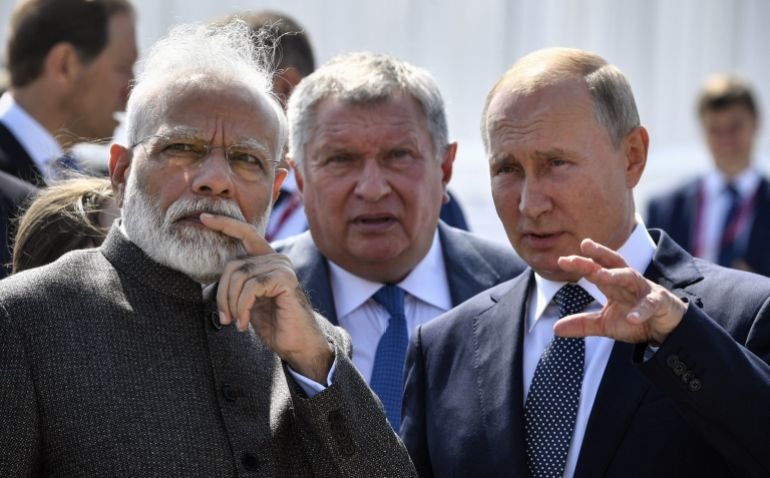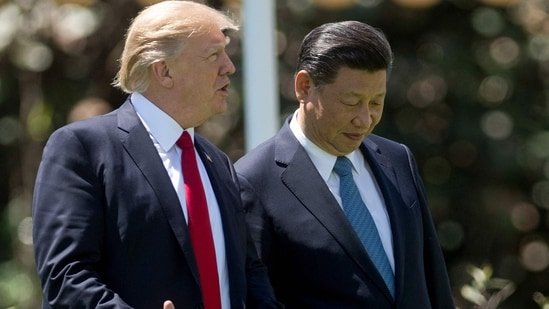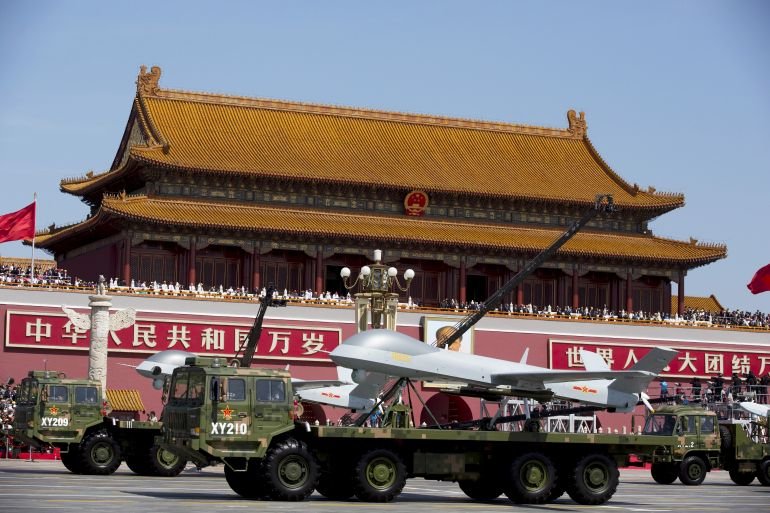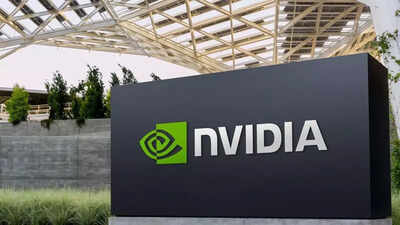
Nvidia is reportedly developing a new AI chip for the Chinese market based on its latest Blackwell architecture. According to a report by the news agency Reuters, this chip would be more powerful than the current H20 model that the company is permitted to sell in China. The development follows recent comments from US President Donald Trump that suggested the possibility of allowing more advanced Nvidia chips to be sold to China. However, sources familiar with the matter said to Reuters that regulatory approval is not guaranteed due to ongoing concerns in Washington about providing China with access to advanced AI technology.
How Nvidia’s new chips for China may be different from H20
The Reuters report cited sources to claim that Nvidia’s upcoming chip, tentatively named the B30A, will feature a single-die design. These chips are expected to offer roughly half the computing performance of the company’s flagship B300 accelerator, which uses a dual-die setup. In a single-die design, all major circuit components are built on a single silicon piece, rather than spread across multiple dies.The B30A will come equipped with high-bandwidth memory and NVLink technology for fast inter-processor communication which is similar to what’s available in the H20 chip, based on Nvidia’s older Hopper architecture, the Reuters report noted. While the final specifications are still being worked out, Nvidia aims to provide test samples to Chinese customers as early as next month, the sources said to Reuters, requesting anonymity as they were not authorised to speak publicly.In a statement to Reuters, Nvidia said: “We evaluate a variety of products for our roadmap, so that we can be prepared to compete to the extent that governments allow. Everything we offer is with the full approval of the applicable authorities and designed solely for beneficial commercial use.”Nvidia’s access to the Chinese market remains a key point in US-China trade tensions, as China accounted for 13% of its revenue last year. The company was only recently allowed to resume sales of the H20 chip, developed for China after 2023 export restrictions, but sales were halted again in April. Trump has suggested Nvidia may be allowed to sell scaled-down next-gen chips in China, though lawmakers worry even reduced versions could weaken US dominance in AI.Nvidia has argued that keeping Chinese developers tied to its hardware and software ecosystem is crucial, especially as Huawei’s chips are becoming competitive in computing power, though still weaker in areas like memory bandwidth and software support. However, Nvidia faces additional hurdles as Chinese authorities warn local firms about buying its chips, citing alleged security risks.To maintain its presence, Nvidia is preparing a China-specific Blackwell-based chip, the RTX6000D, designed mainly for AI inference. With lower specs, conventional GDDR memory, and bandwidth deliberately kept below US restriction thresholds, it is priced below the H20. Small batches are expected to ship to Chinese clients in September, the report adds.
Redmi 15 5G Unboxing and First Look: What’s New and Key Specifications

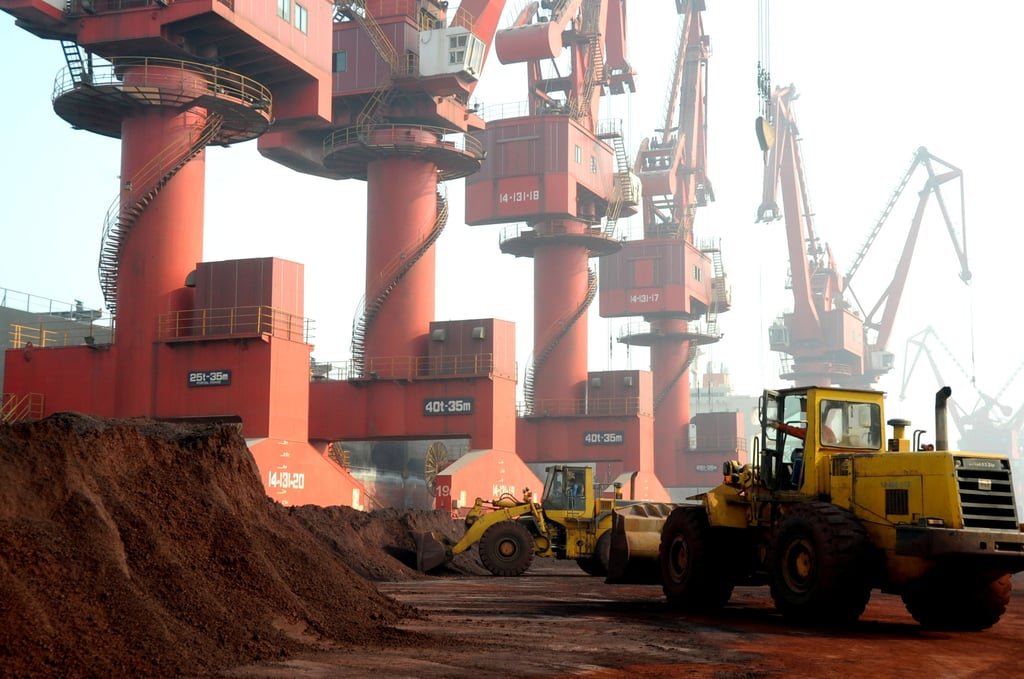
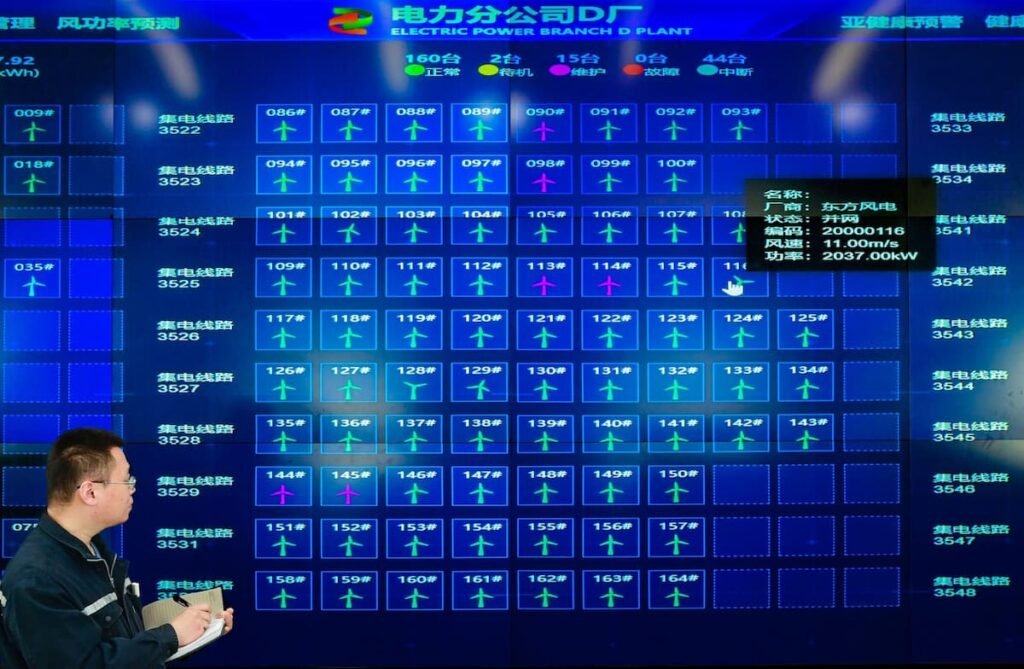
![[News] NVIDIA May Raise H20 Prices to Shield Profits but Confronts China’s Domestic Chip Push](https://koala-by.com/wp-content/uploads/2025/08/NVIDIA-Jensen-Huang-2-624x430.jpg)
